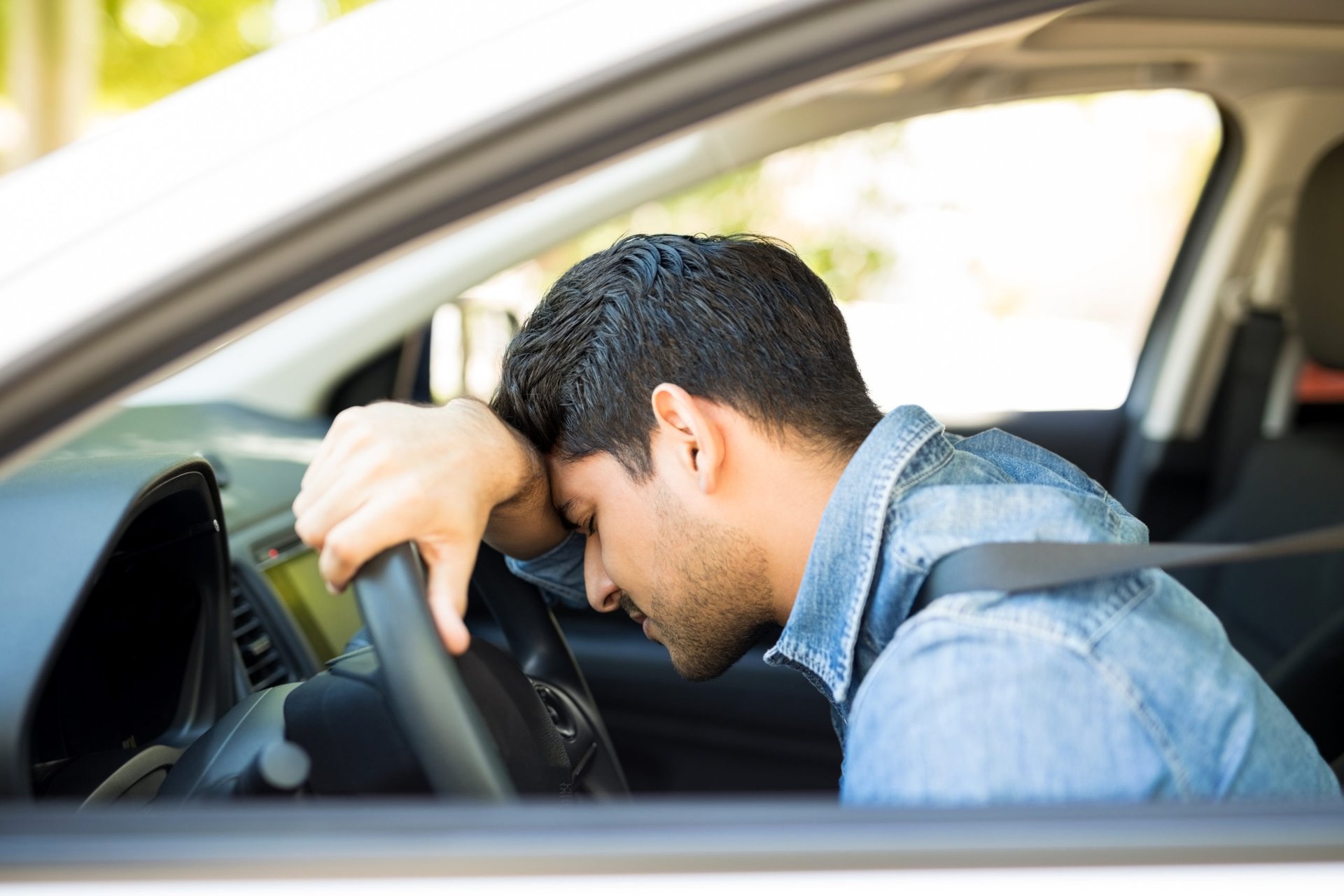
Perhaps more than anyone else on the planet, Americans were born to drive. We are a car-based culture, and many of us find ourselves behind the wheel nearly every day.
And yet, we all too easily forget that driving is a potentially dangerous — even life-threatening — activity. Risks are even higher for drivers who take any of six types of medications.
Nearly half of all drivers taking one or more of a half-dozen medications shown to impair driving said they had been behind the wheel during the previous 30 days, according to a survey by the AAA Foundation for Traffic Safety. The survey analyzed responses from 2,657 drivers.
Even worse, those who took more than one of these medications were even more likely to have driven. Many of the survey respondents said they were not warned by a doctor that the medicines they were prescribed could impair their ability to drive.
AAA says all the following medications have been shown to potentially impair driving. They are listed here with the percentage of survey respondents taking that medication who said they had driven within two hours of taking it:
- Amphetamines (such as Adderall, Dexedrine, phentermine): 73.1%
- Antidepressants (such as Prozac, Zoloft, Wellbutrin): 60.8%
- Antihistamines and/or cough medicines (such as Claritin, Allegra, Benadryl): 38.9%
- Prescription pain medications (such as Tylenol with codeine, OxyContin, Percocet, Vicodin/hydrocodone): 32.6%
- Muscle relaxants (such as Soma, Flexeril): 21.6%
- Sleep aids, barbiturates or benzodiazepine (such as Ambien, Lunesta, phenobarbital, Xanax, Valium, Ativan): 9.2%
Overall, 45% of those taking one or more of these medications said they had driven within two hours of using the medicine. Among those saying they took two of these medications, 63.3% reported driving, and 70.8% of those taking three of more medications said they had driven afterward.
AAA notes, however, that this doesn’t necessarily mean the drivers took more than one medication at the same time, just that they had taken more than one of the drugs sometime over the previous 30 days.
Many of these drugs spark potential side effects that can impair the user’s ability to drive, including:
- Dizziness
- Sleepiness
- Fainting
- Blurred vision
- Slowed movement
- Attention issues
AAA stresses that the medications listed above are grouped into a category known as “potentially driver impairing” drugs and that not all drivers will experience impairment after taking the medications.
Up to half of the drivers who took these medications said no one — be it a medical provider or pharmacist — warned them that the drugs could impair their ability to drive.
However, those who did receive a warning were 18% less likely to have driven after they took the drug.
In a press release, Jake Nelson, AAA’s director of traffic safety advocacy and research, says:
“Our research suggests too few medical professionals provide these warnings or suggest ways patients can navigate this tough challenge.”





Add a Comment
Our Policy: We welcome relevant and respectful comments in order to foster healthy and informative discussions. All other comments may be removed. Comments with links are automatically held for moderation.